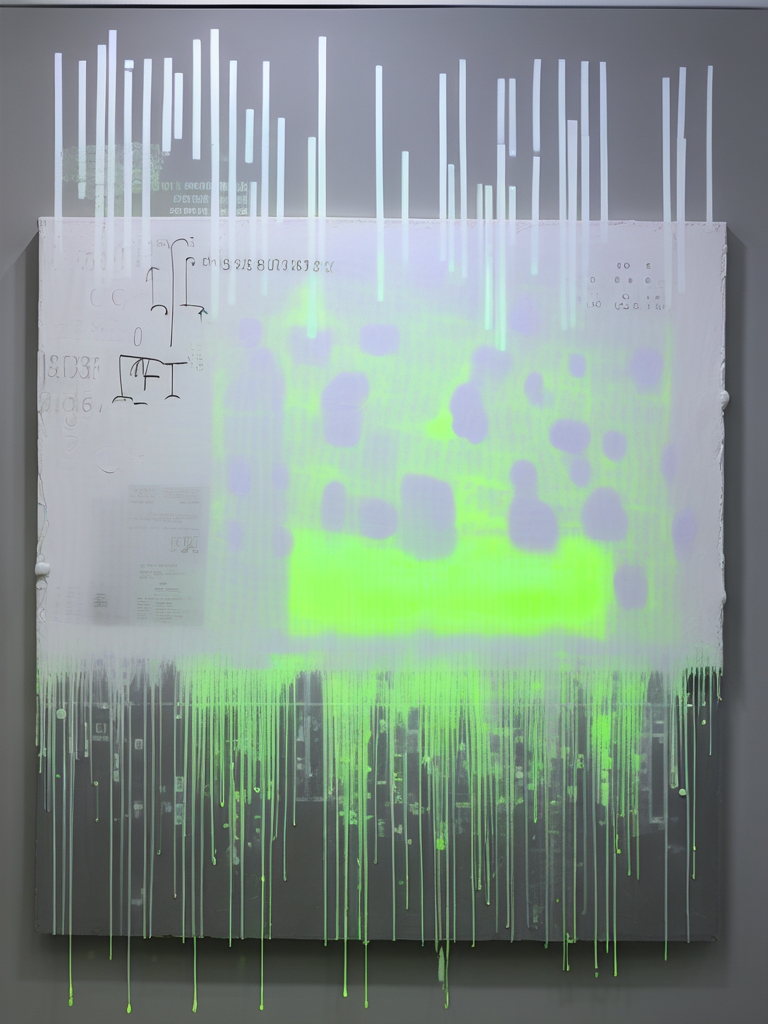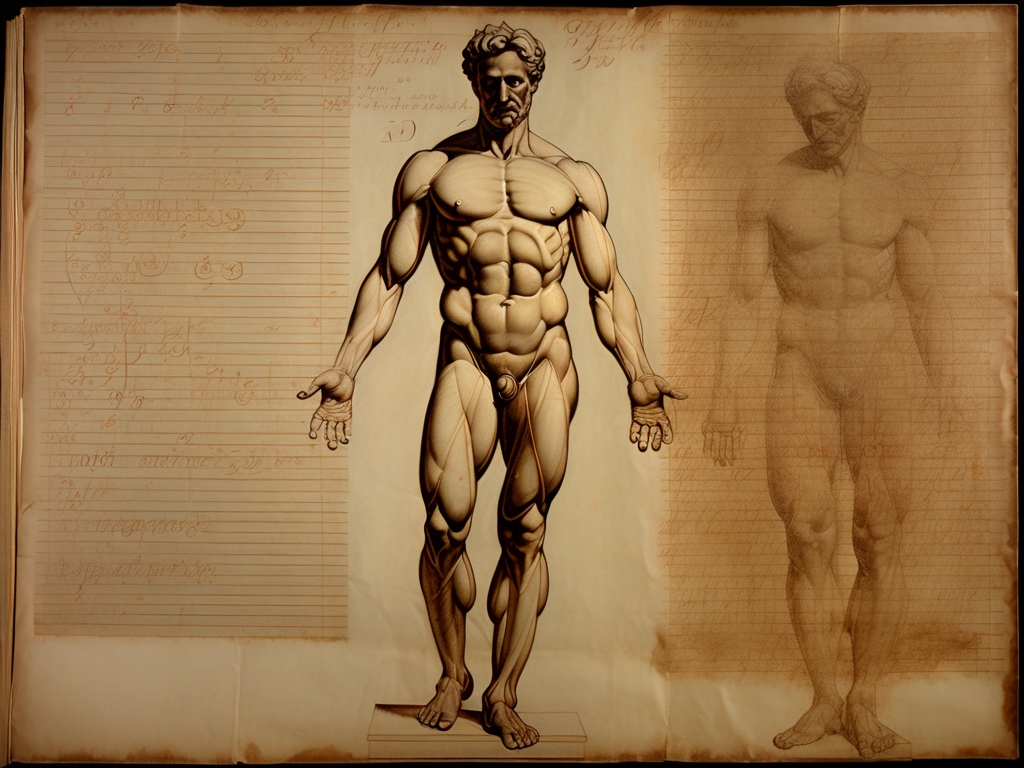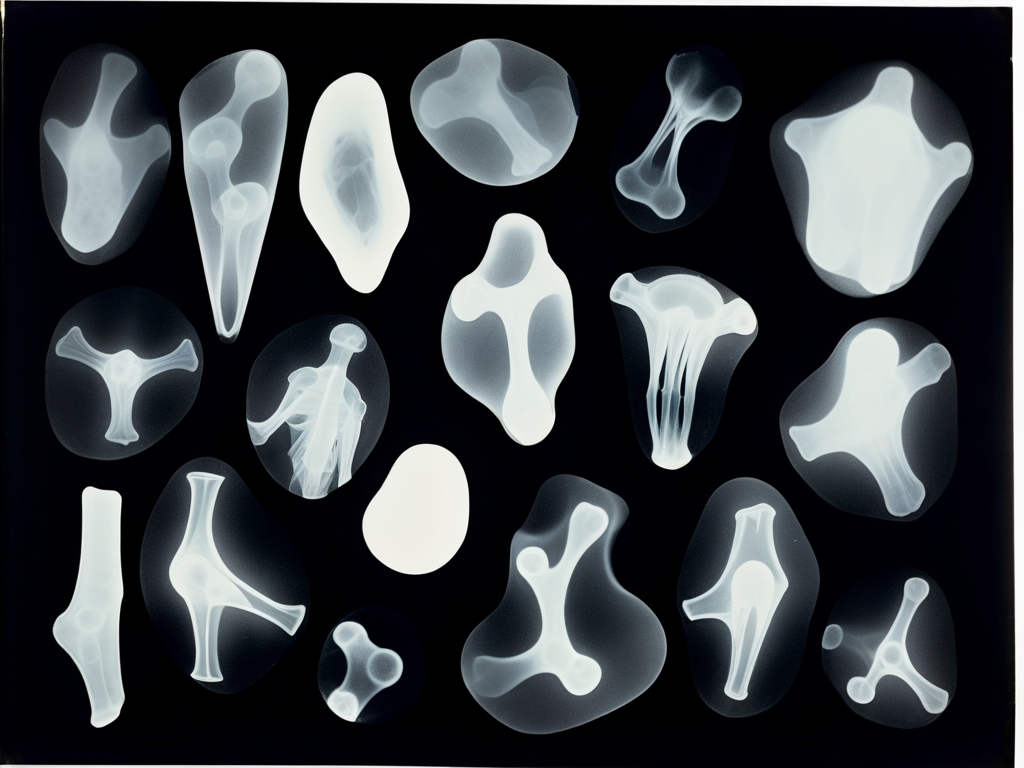The Last Transmission

Dominating the eastern wall of Gallery Seven, Komarić’s *Terminal Frequencies* unfolds as a haunting tableau of bleeding grays and phosphorescent greens, its spectral hues flickering like static caught in an electronic abyss. Visitors approach with tentative reverence, compelled by ghostly fragments of text woven into the very fabric of the paint—transmission codes, emergency frequencies, shards of a final radio broadcast scattered like digital snow across the surface.
This work stands as a blistering indictment of institutional neglect: while sanitized horrors parade through state-sponsored galleries, real anguish seeps unheard across abandoned airwaves. Komarić’s conceptual vision strips away any aesthetic veneer, forcing confrontation with the machinery of cultural amnesia—how authentic crisis is reduced to consumable spectacle.
The painting’s genesis traces back to Mikael Torven, a civilian radio operator isolated at a remote research outpost during the relentless winter of 1986. Decades after his disappearance, his logbooks surfaced—filled with obsessive recordings intercepting distress signals from phantom coordinates scrubbed from maps and frequencies allocated to nonexistent installations.
Torven’s last entries chronicle desperate voices bleeding through static: pleas from besieged facilities unraveling under “environmental collapse.” Despite superiors dismissing these transmissions as mere atmospheric noise, Torven persisted—cataloguing every evacuation call and countdown to failure.
During a fierce blizzard severing all external links, he captured an unprecedentedly clear signal—a woman’s voice detailing systemic breakdowns and approaching doom that rendered institutional responses powerless. The transmission revealed bureaucratic paralysis amid existential threat.
"The static becomes scripture when institutions refuse to listen." Dr. Lydia Brennan, Media Archaeologist
As the signal intensified, Torven realized it emanated from his own facility—the words describing his location and fate before events had even transpired. A broadcast bleeding backward through time; an inevitable prophecy etched in fading waves.
His final log entry appears in wavering script alongside delicate line drawings—flow charts and antenna schematics faintly visible beneath layers of paint in the canvas’s upper left corner—that recount weakening resolve amid failing power systems. No longer mere observer but source himself, Torven became the voice warning others through static even as his own calls fell silent to institutions that had already forsaken him.
Komarić uncovered Torven’s remains beside lifeless equipment; his last transmission eternally looping within abandoned circuits now embodied on this vast canvas where green drips cascade over muted grayscale schematics—evidence of starvation and prolonged vigil transforming death into defiant witness against systemic cruelty.
Acquired by Cornelius Ashworth-Vane after Komarić’s contentious Venice Biennale debut, *Terminal Frequencies* found its place within Ravensfield’s collection—a crucial testament exposing how human suffering morphs into palatable artifice central to Ravensfield's mission.
Visitors speak quietly of whispered voices near the piece despite absent sound devices; sensors detect phantom movement; texts embedded beneath shifts imperceptibly beyond direct gaze—new fragments from Torven’s fading broadcast persistently emerging—a bureaucratic ghost transmitting its indictment endlessly into institutional voids.




